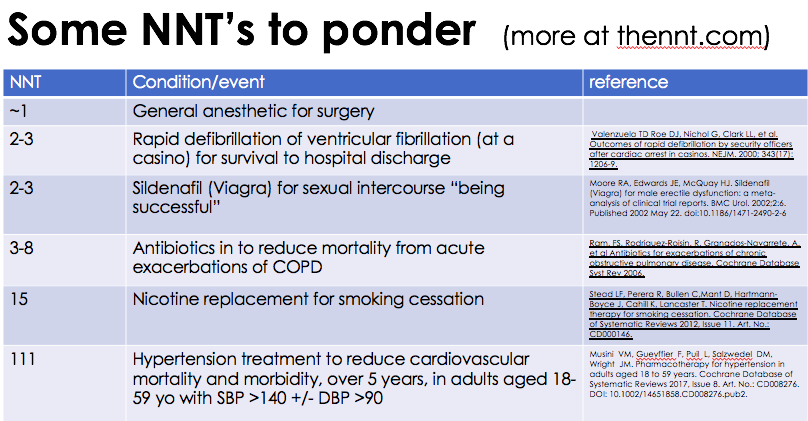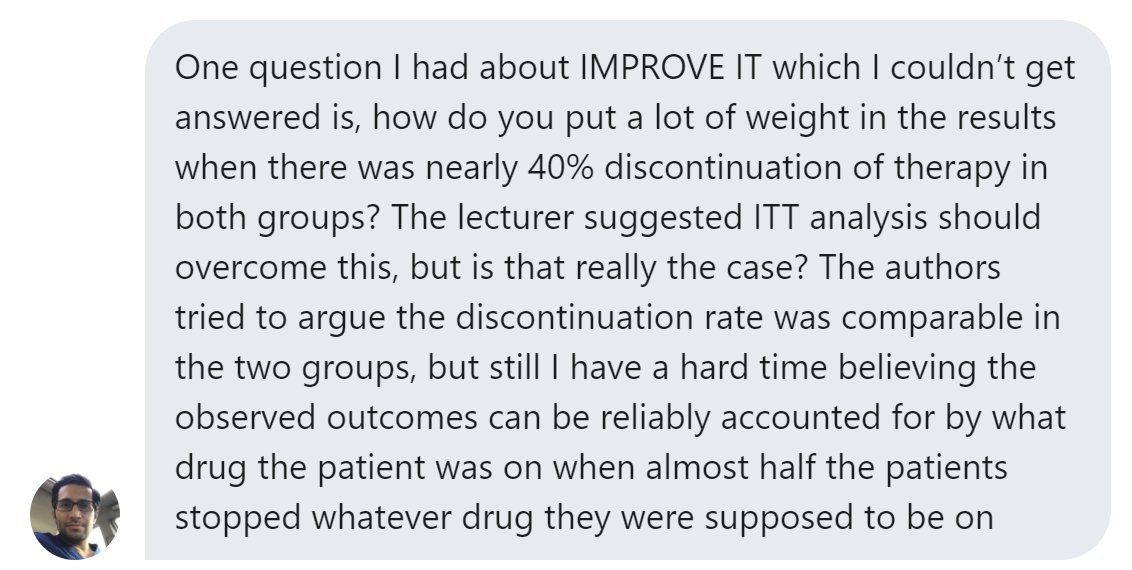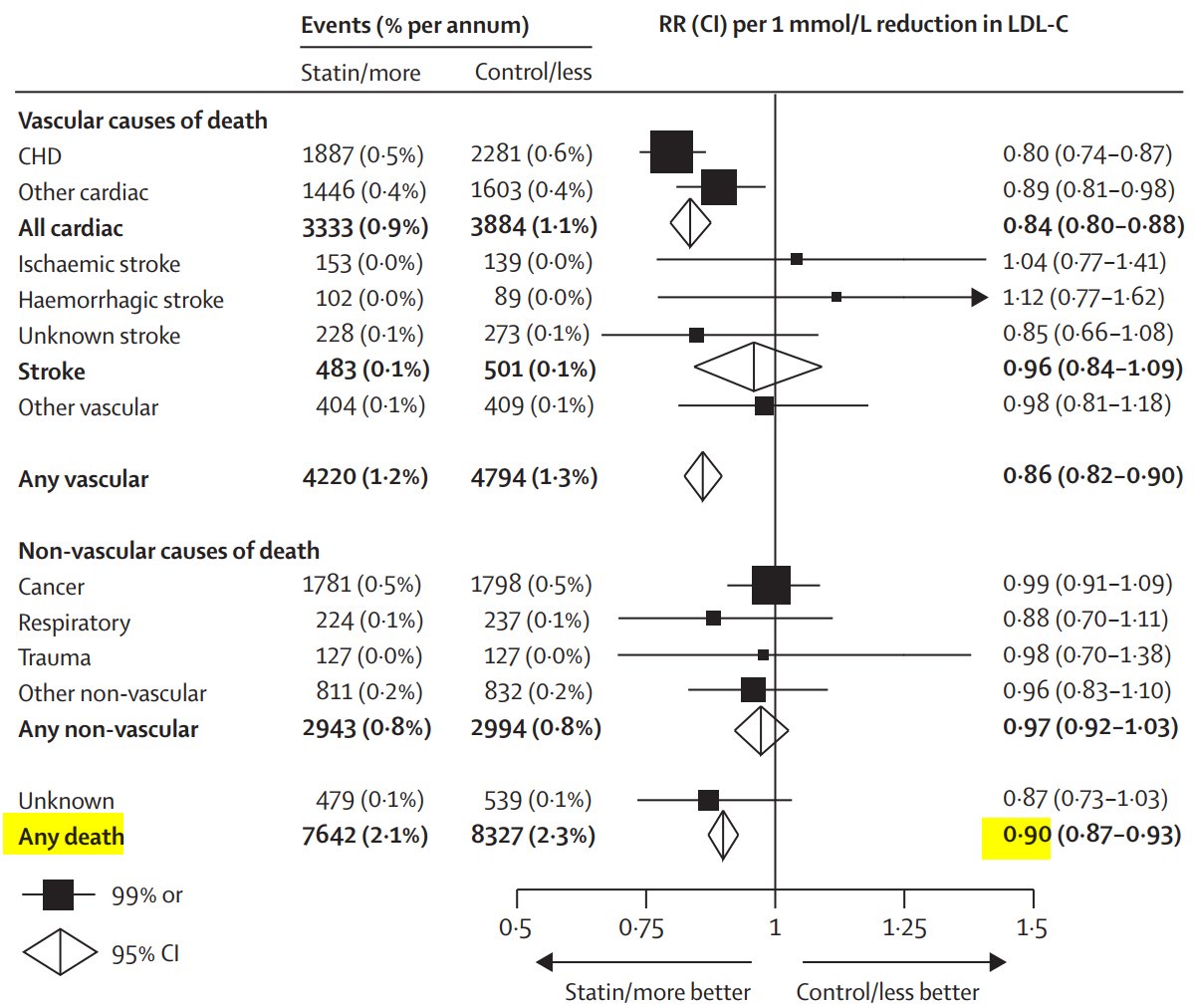The NNT (Number needed to treat) is a way to quantify how often the medication "works"
(caveat: what a drug "working" means is a whole other tweetorial/PhD dissertation!)
#SafeMedsBC
Imagine kids learning to read.
If you have 20 kids in a grade one class, by the end of the year, you might have 10 kids who can read. By the end of Grade 3, likely almost all will be able to read.
#SafeMedsBC
20 kids x 3y = 60 kids, after 3 years ~60 can read
60 kids/60 readers = NNT of 1, ie every kid that you send to school for Grade 1-3 has a pretty good chance of learning to read (AMAZING!!)
#SafeMedsBC
After 3 years, how many kids will be able to do calculus?
maybe 1, if we are lucky...?
20 kids x 3y = 60 kids & 1 can do calculus
60 kids / 1 doing calculus, NNT = 60
#SafeMedsBC
Is there harm to those 59?
Maybe? They hate all math? They hate school?
Best we can hope for is that there was no effect.
NNT = 60 -> 1 gets effect, 59 get no effect (or harm)
#SafeMedsBC
a NNT of 1 = 100% effective, everyone we give it to gets the benefit!
(caveat: the HARMS of medications are not communicated in NNT, that is another concept, NNH (number needed to harm) not covered in this
tweetorial)
Give 60 people general anaesthetic and ~60 people will get benefit (not poor operation man, below)
#SafeMedsBC
here is a tiny sample of NNT's...
What is meaningful to you? NNT =1, 2, 50, 100?
You could ask your doctor (at a special appointment, for just this) what s/he knows about the NNT for each of your pills.
#SafeMedsBC

Concept exactly the same... but I should have said ... 3 classes of grade 1 kids, followed for 3 years =60 kids. We do not double (nor triple!) count same kids over longer time.
#BestIntentions
#multitaskingdoesnotwork










